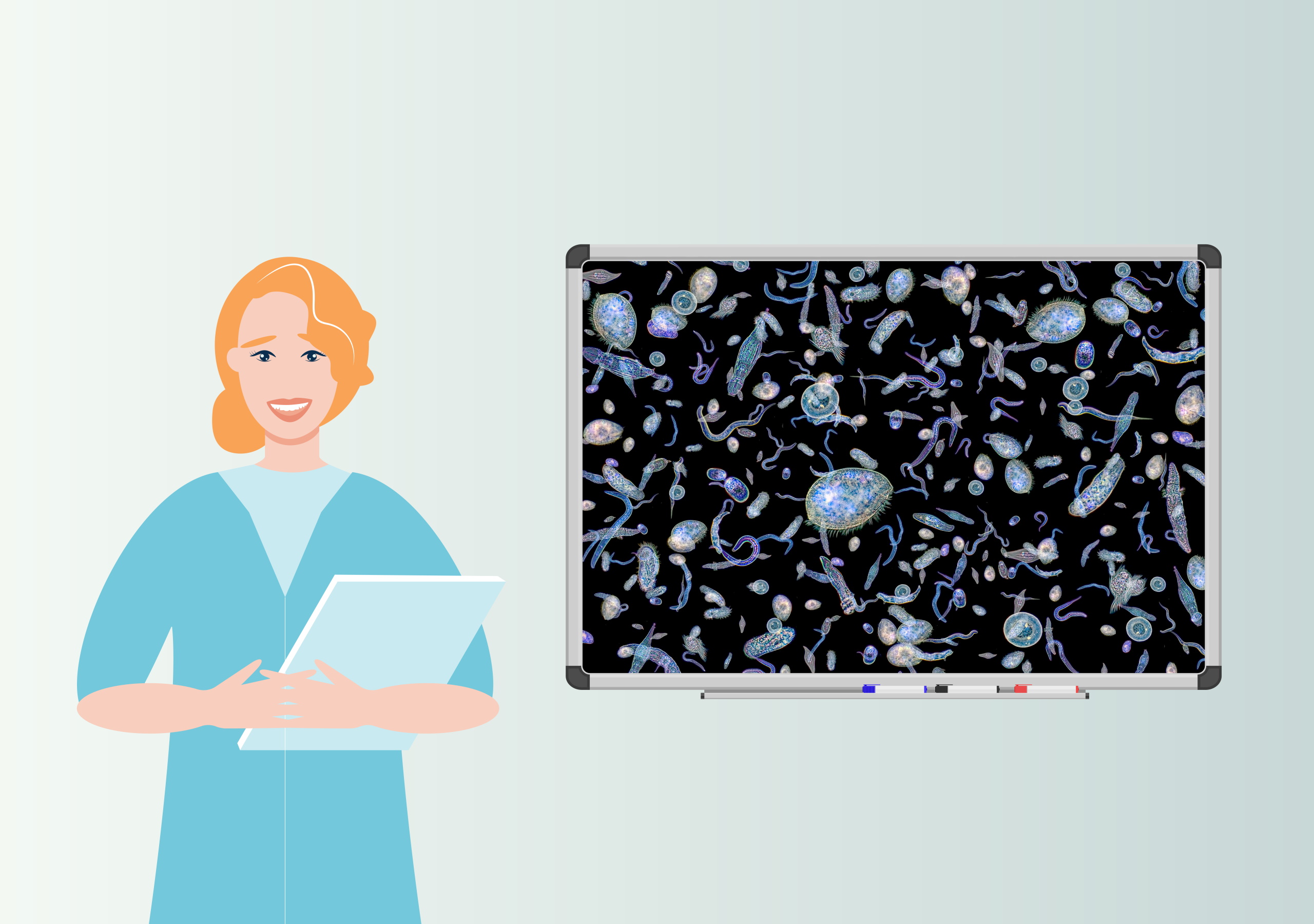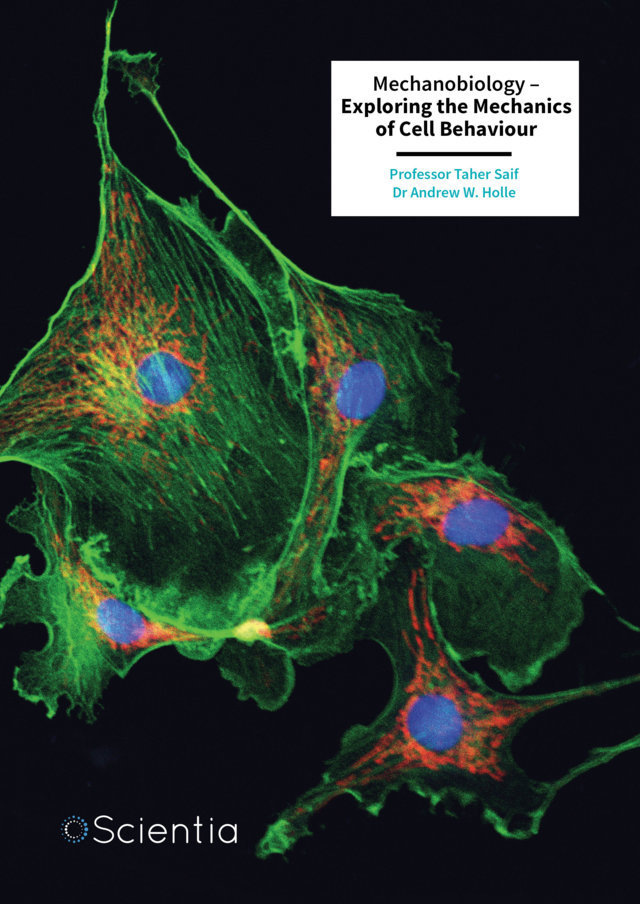In principle, travelling wave reactors offer a safe, highly efficient approach to generating nuclear power. However, development has been held back by a variety of challenges linked to the need for extensively high burn-up in the reactor core, meaning very high rates of generated energy which can damage the reactor. Inspired by the principles of Tai-Chi, a team led by Di Yun from Xi’an Jiaotong University has shown that with the right approach, a high temperature operation, usually deemed as a threat, can be transformed into useful advantages, bringing the practical rollout of travelling wave reactors one step closer to reality. More
The travelling wave reactor (or TWR for short) is a theoretical type of nuclear reactor designed to operate for extended periods of time without refuelling. In a TWR, nuclear fission is initiated in a small region of enriched fuel within the reactor core, releasing neutrons that are absorbed by surrounding fertile nuclei. These nuclei are then converted into isotopes capable of undergoing fission themselves. From here, the fission reaction progressively travels outward in a wave, consuming the reactor’s fuel slowly and efficiently.
This approach offers the potential to significantly increase the efficiency of modern nuclear reactors, allowing them to operate for decades without the need for refuelling or replacing components. In principle, TWRs could bring several important benefits: reducing the costs of nuclear power, lessening the demand for the Earth’s limited uranium resources, and decreasing the production of dangerous nuclear waste.
Yet despite these advantages, progress toward developing practical TWRs has been hampered by a variety of challenges, most of which stem from the high fuel burn-up required in the reactor core. For the sake of repairing nuclear fuel cladding materials which receive extensive irradiation damage, a short-term high temperature operation is desirable.
However, maintaining such high temperatures, even for a short period of time, introduces its own set of problems, including swelling of the cladding due to the possible agglomeration of helium gas bubbles, weakening of the reactor’s cladding material, and high temperature creep of the cladding which could lead to failure. On top of this, the liquid metal coolants used to transfer heat away from the core can severely corrode the cladding at such high temperatures.
In their study, Dr Yun’s team introduced a novel solution to these challenges, drawing inspiration from an unexpected source. Named the ‘Tai-Chi’ approach, their innovative strategy plays on many of the limitations of previous TWR concepts and turns them into advantages.
By using the right materials and altering the design of the reactor, the researchers showed that high temperatures in the TWR reactor core can provide benefits that outweigh the challenges they present. This approach could ultimately prove to transform the way we think about operating TWRs, perhaps bringing their practical implementation a step closer to reality.
Previous designs for TWRs often used metallic nuclear fuel composed of 90% uranium and 10% zirconium (U-10Zr). This alloy was chosen for several reasons, including its very high conversion ratio, its high thermal conductivity and its reasonable irradiation stability.
In addition, previous TWR designs have used cladding made from specialized steels, which are highly resistant to radiation and high temperatures, have a high thermal conductivity, and are strongly compatibile with liquid metal coolants.
Through their analysis, Dr Yun’s team carefully considered the drawbacks of using these materials at the high temperatures required for intermittent TWR operations. Their analysis was guided by the principles of Tai-Chi: an ancient Chinese martial art with the core philosophy that even the fiercest challenges can be mitigated by harnessing the benefits inherent in those challenges.
Dr Yun’s team applied this principle by proposing that if the materials used in the TWR’s reaction were chosen wisely, the unwanted effects caused by the need for high reactor fuel temperatures could be harnessed to make the process more efficient.
To achieve this goal, the team replaced the U-10Zr fuel with an alloy containing a greater proportion of zirconium. They also designed the fuel in a hollow ring shape which allowed it to expand inwardly, minimizing the mechanical interaction with the cladding.
For the cladding material, they employed oxidation dispersion-strengthened steels, known as ODS steels, which contain finely dispersed particles of oxides within the steel’s atomic lattice. These particles enhance the cladding’s strength, thermal stability, and resistance to radiation damage at high temperatures.
Through a series of simulations, Dr Yun’s team analysed how the operation of the TWR would change when these new materials were used. As they had hoped, the designed high temperature operation requirements of the reactor fuels, which had been a hindrance in conventional nuclear reactors, now offered several key advantages.
First, the new composition of the fission fuel suppressed the diffusion of material at high temperatures, minimizing swelling and therefore the mechanical interaction between the fuel and the inner surface of the cladding. Second, the ODS steel used in the cladding had the ability to anneal at high temperatures, meaning it could repair itself from damage caused by neutron irradiation.
Additionally, irradiation boosted the transport of manganese and chromium from within the steel lattice to the cladding’s surface. Here, these elements formed a protective layer, shielding the cladding from long-term corrosion caused by liquid metal coolants.
Another major advantage of using ODS steel was its ability to suppress the formation of helium gas bubbles on the cladding surface. In conventional TWR designs, helium gas bubbles would form, grow large, and cause swelling and embrittlement of the cladding. However, the ODS steel used in Yun’s design kept these bubbles small and dispersed.
The team’s results clearly demonstrate the power of the Tai-Chi philosophy when applied to the challenges of TWR design. By carefully selecting the right materials and transforming the high temperatures in the reactor core from a problem into an advantage, Dr Yun and colleagues have made significant strides toward overcoming the issues that have hindered the development of TWRs. Their work shows that with the right approach, even the most daunting challenges can be turned into advantages.
Looking ahead, the researchers hope that their approach to harnessing the benefits of high temperatures could serve as a promising step toward the practical development of TWRs for nuclear power generation. They now aim to further improve their methods and eventually demonstrate their reactor design in real-world experiments. If these experiments achieve the same success as their simulations, it could pave the way for a new generation of nuclear power plants, which are safer and more efficient than traditional designs.







